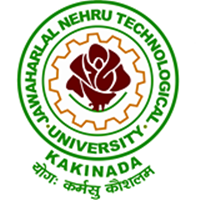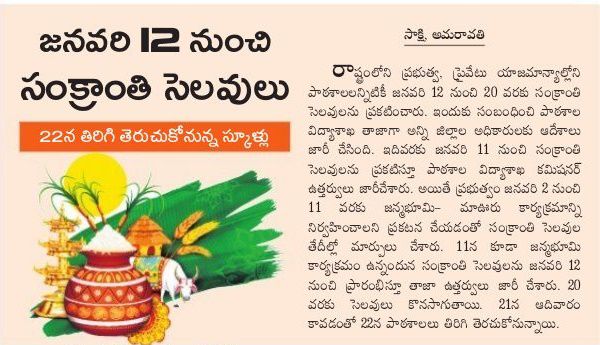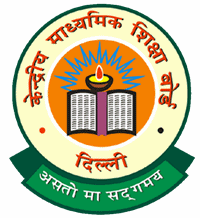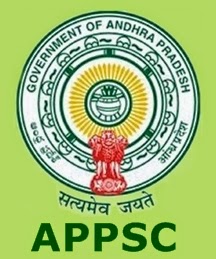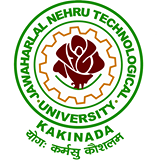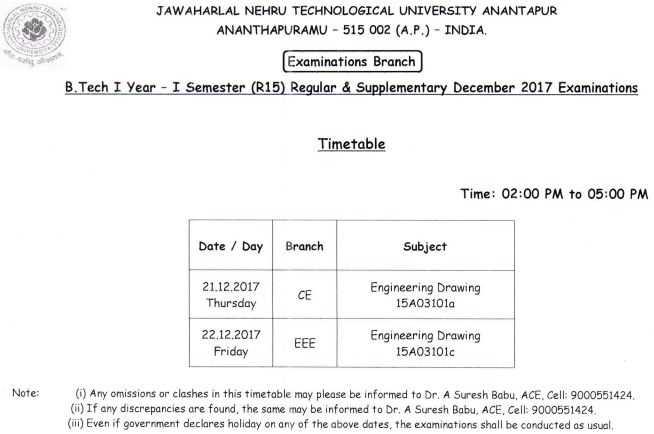APPSC Group 2 Revised Main Results 2017 – Check Schedule For Certificate Verification @ psc.ap.gov.in: Andhra Pradesh Marks of Main Examination for Group-II Services (General Recruitment) are declared at psc.ap.gov.in. Candidates can check their Group 2 Services Executive & Non-Executive result.
GROUP-II SERVICES NOTIFICATION NO 18/2016 RESULT NOTIFICATION FOR VERIFICATION OF ORIGINAL CERTIFICATES
It is hereby informed to the candidates that the provisional verification of original certificates of the Computer based On-line Examination held on 15/07/12017 AN and 16/07/2017 FN & AN is as follows. The candidates who picked for provisional verification of original certificates in the 1:2 ratio for the posts fallen under Group-II Services Notification No. 18/2016 will be available on the Commission’s website www.psc.ap.gov.in. The provisional verification of original certificates to the above recruitment will commence from 18/01/2018 to 01/02/2018.
The individual call letters will be dispatched to the candidates. Even if call letter is not received through post, the concerned candidate can download the memo from the Commission’s website www.psc.ap.gov.in and approach the verification centre with relevant certificates and check lists. If any relevant certificates are not produced, the candidature of the candidate would not be considered for selection and no further time would be granted. The candidates are directed to attend for provisional verification of original certificates in their respective day in the O/o APPSC, R&B Building 2nd Floor, M.G. Road(Bandhar Road), OPP: Indira Gandhi Municipal Complex, Vijayawada, Andhra Pradesh – 520 010.
Check APPSC Group 2 Mains Results, Marks 2017
The Marks of Candidates who appeared in the Mains Examinations of Notification No.18/2016- Recruitment to the Group II services As the Hon’ble APAT vacated the stay in OA No’s 2251/2017, 2381/2017, 2583/2017 and permitted further process, the marks of each Candidate who appeared in the Mains Examination are published :
Check APPSC Group 2 Mains Results 2017 With Qualified Candidates Marks list
The Andhra Pradesh Public Service Commission (APPSC) has conducted the Group 2 Main examination on 15th, 16th July across the state of AP. Huge many candidates interested in Governments jobs in AP have applied for APPSC Group 2 vacancies 2017. All the candidates those have applied for APPSC executive and non-executive posts have appeared for the examination in their allotted examination centres. Candidates those have attempted the APPSC group 2 examination can download their result from the APPSC official website, psc.ap.gov.in.
APPSC Group 2 Main Results 2017 For Certificate Verification – Check Group II Marks @ psc.ap.gov.in
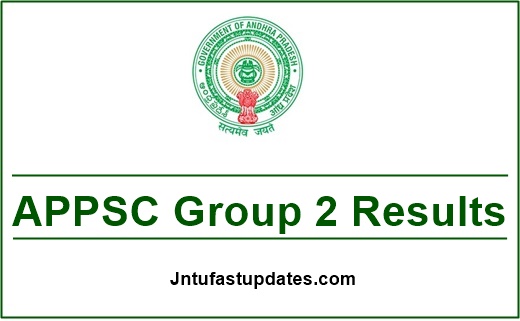
Download APPSC Group 2 Mains result 2017: The Andhra Pradesh PSC has recently notified a recruitment notification for 982 executive and non-executive posts. Huge number of candidates has applied for APPSC Group 2 posts. The APPSC selection process includes preliminary examination, mains examination, and interview. Candidates clearing all these rounds will be considered for appointment. The APPSC has conducted the Main examination for all applicants on 15, 16th July . Candidates applied for APPSC Group 2 executive posts have attempted the examination and also checked with the corresponding answer key released by APPSC.
Andhra Pradesh public service commission Group II Services Main exam result 2017 Details:
| Name of the Authority | Andhra Pradesh Public Service Commission (APPSC) |
| Name of the post | Group II |
| Total available vacancies | 982 posts |
| Official website | psc.ap.gov.in |
| Category | APPSC Group 2 Main result 2017 |
| Status | Available Here |
| Exam Date | 15th, 16th July 2017 |
APPSC Group II Services Main Exam Results @ psc.ap.gov.in
Candidates those have appeared for the examination are now waiting for APPSC Executive & Non-executive results (AP group II results 2017). Candidates can stay checking the APPSC official website, psc.ap.gov.in consistently. The results of AP Group II examination are going to out within 3-4 weeks after the examination. Hence candidates to be patient while the official announcement about AP Group II result date 2017 is announced. As per the information we have got from the sources, the APPSC Group II Main result 2017 is going to be released in the 4th week of August 2017 (tentatively). Stay checking the official website for up to date information. Also keep following us to know important alerts from APPSC. Here we will update the information soon after we come to know.
Revised Results for Group-II Services Notification
After examining various representations received after publication of result notification dated.15/12/2017, minor errors in software are corrected,the data is again verified and corrected selection list for verification of original certificates is published as below. With this, the list dated 15/12/2017 is withdrawn and all the representations of the candidates are treated as settled.
On the basis of the merit in the Main Examination held on 15/07/2017 AN and 16/07/2017 FN & AN and as per the terms and conditions of the Notification of Group-II Services (both Executive and Non-executive) vide Notification No. 18/2016 Dt. 08/11/2016, the candidates with the following Registered Numbers are provisionally admitted for Verification of Original Certificates 18/01/2018 to 01/02/2018 at APPSC Office, R & B Building 2nd floor, MG Road(Bandhar Road), Opp Indira Gandhi Municipal Complex, Vijayawada, Andhra Pradesh – 520010.The Candidates are picked up for verification in duly considering category wise merit and the Post Code preferences exercised by the candidates.Out of the list, if required candidates do not turn up for verification in any category, next eligible candidate will be called for verification. The result copy can also be seen in the Commission’s Notice Board.
1. RESULT NOTIFICATION
2. BREAK UP OF VACANCIES
3. CHECKLIST (C-VERIFICATION) GROUP-II GENERAL RECRUITMENT
4. CREAMY LAYER CERTIFICATE
5. GR-2 (CALL LETTER MEMO)
6. MEDICAL CERTIFICATE FOR THE BLIND
7. NATIVITY
8. ORTHOPAEDICALLY HANDICAPPED CERTIFICATE
9. RESIDENCE
10. SCHOOL STUDY CERTIFICATE
11. UN-EMPLOYED
12. WEB NOTE
13. ATTESTATIONFORM
14. SCHEDULE
15.CERTIFICATE OF HEARING DISABILITY
APPSC Group 2 Main Exam Qualifying Marks
The minimum qualifying marks in the main examination for consideration of a candidate to the selection process in case of OC category is 40%, BC category is 35% and for SC, ST and PH categories is 30% or as per the relevant rules. The minimum qualifying mark is relaxable in the case of SC/ST/BC/PH at the discretion of the Commission.
APPSC Group 2 Main results 2017 with Marks
For downloading the Marks Please click below:
HT No. 180100007 to HT No. 180301242
HT No. 180301243 to HT No. 180403529
HT No. 180403540 to HT No. 180514187
HT No. 180514189 to HT No. 180711360
HT No. 180711367 to HT No. 180903716
HT No. 180903717 to HT No. 181106659
HT No. 181106668 to HT No. 181235801
HT No. 181235826 to HT No. 181403203
HT No. 181403206 to HT No. 181511126
HT No. 181511163 to HT No. 181523154
Note: 1. The Qualifying Marks are as given in Notification and if any candidate did not appear in all the Papers (Absent in one or more papers) his/her candidature will not be considered for selection.
2. In case of candidates whose results are withheld, decision of the Commission will be published soon.
APPSC Group 2 Marks
The APPSC Group 2 exam result will be made available in the form of selection list comprising of provisionally selected candidates. The same will be updated on the official website of APPSC.
Click Here to Check APPSC Group 2 Main result, Marks 2017
Note : Login with OTPR Details and Get your Marks.
How to Check APPSC Group 2 Mains results 2017?
- Visit APPSC Official website, psc.ap.gov.in
- Search for APPSC Group 2 Main results 2017 link on homepage
- Click on the link and enter the details of registration number, date of birth etc details
- Click on the submit button’
- The APPSC Group II Result 2017, Score appears on screen.
- Go through it and take a printout for further reference.
APPSC Group 2 Main cutoff marks 2017
The APPSC is going to announce the cutoff marks along with results. The APPSC Group 2 category-wise cutoff marks for General / BC / ST/ SC and other categories. And also the APPSC will announce the APPSC Group II section-wise, overall cutoff marks 2017. Candidates can check the cutoff marks, they have to score the minimum to clear off the examination.
PROCEDURE OF SELECTION
In case screening test is conducted as referred above, based on the Merit in screening test, candidates will be picked up in the ratio of 50 per one notified post for the main examination in order of General Merit. In case where no screening test is held, all the eligible applicants would be allowed to appear for the main examination.
THE FINAL SELECTION OF CANDIDATES FOR APPOINTMENT TO THE POSTS SHALL BE BASED ON THE MERIT IN THE COMPUTER BASED MAIN EXAMINATION, TO BE HELD AS PER THE SCHEME OF EXAMINATION ENUNCIATED.
List of the Posts included in Group 2 Services General Recruitment:
Executive Posts: 442
- Municipal Commissioner Grade-III in A.P. Municipal Commissioner Subordinate Service
- Asst. Commercial Tax Officer in A.P. Commercial Taxes Sub- ordinate Service.
- Sub-Registrar Grade-II in A.P Registration Sub -ordinate Service.
- Deputy Tahsildar in A.P. Revenue Subordinate Service
- Assistant Labour Officer in A.P. Labour & Employment Sub- ordinate Service.
- Assistant Development Officers in A.P. Handloom & Textile Department
- Extension Officer in PR & RD Department.
- Prohibition & Excise Sub Inspector in A.P. Prohibition & Excise Sub-Service
Non-Executive Posts: 540
- Assistant Section Officer (GAD) in A.P. Secretariat Sub. Service.
- Assistant Section Officer (Finance Dept.,) in A.P. Secretariat Subordinate Service
- Assistant Section Officer (Law Dept.,) in A.P. Secretariat Subordinate Service
- Assistant Section Officer (Legislature Dept.,) in A.P. Legislature Secretariat Service.
- Senior Auditor in A.P. State Audit Subordinate Service
- Senior Accountant in A.P. Treasuries & Accounts (HOD) Sub Service.
- Senior Accountant in A.P. Treasuries & Accounts (District Sub Service.
- Junior Accountant in various Department in A.P Treasuries & Accounts Sub-Service
- Junior Assistants in Government Examination in A.P. Ministerial Service
- Junior Assistants Labour Department in A.P. Ministerial Service
- Junior Assistants in PH & ME Dept., in A.P. Ministerial Service
- Junior Assistants in A.P. Transport Department
- Junior Assistants in A.P. Director General of Prisons & Correctional Services)
- Junior Assistants in A.P. Women Development Child welfare Department
- Junior Assistants in A.P. Drugs & Copy Rights Departments
- Junior Assistant in A.P. Agriculture Department.
- Junior Assistant (Chief Commissioner of Land Administration).
- Junior Assistant in Prohibition & Excise Department.
- Junior Assistant in sugar and Cane Department.
- Junior Assistant in A.P Roads & Building Department.
- Junior Assistant in Survey Settlement Department
- Junior Assistant in A.P Civil Supplies Department
- Junior Assistant in A.P BC-Welfare Department
- Junior Assistant in A.P Anti-Corruption Bureau)
- Senior Accountant in A.P Insurance (Directorate)
- Senior Accountant In Insurance A.P.G.L.I Sub-Service

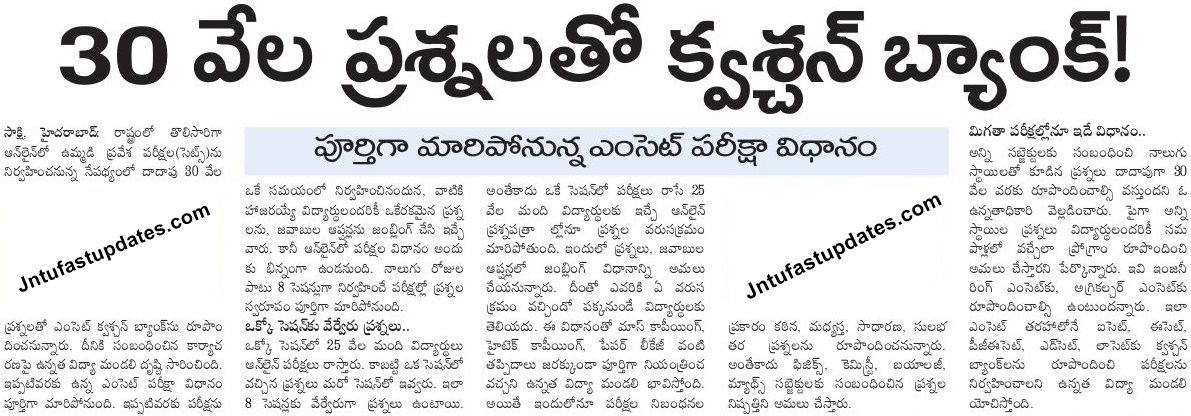

320-x100(1).gif)

